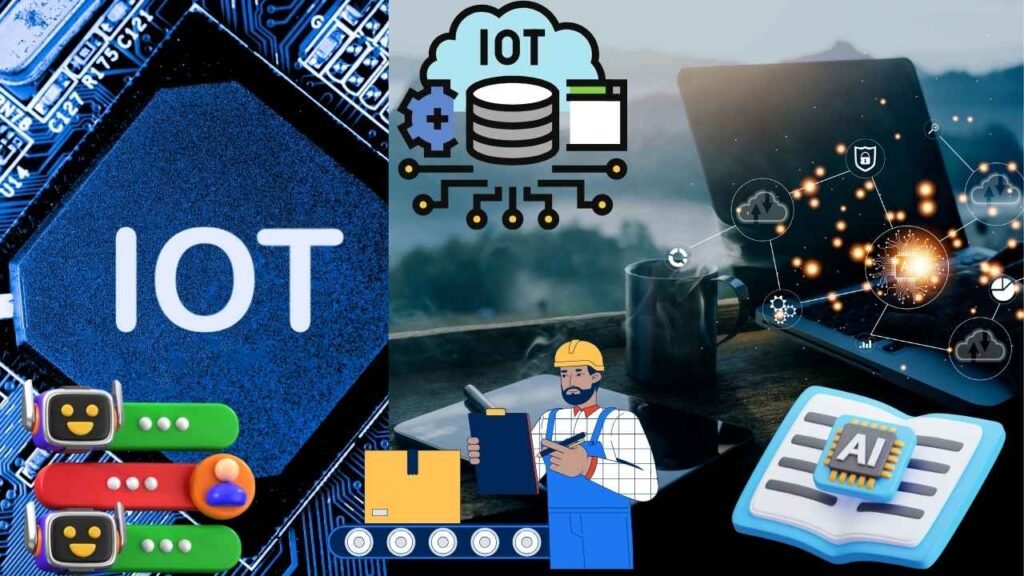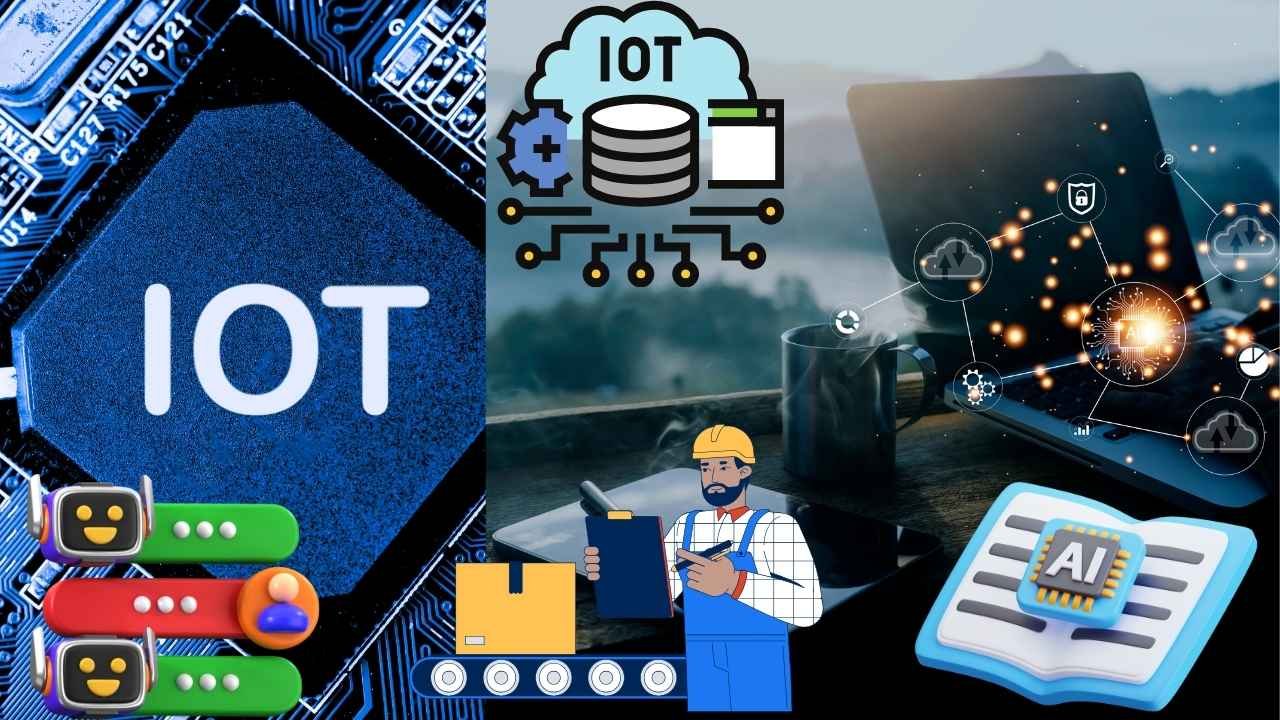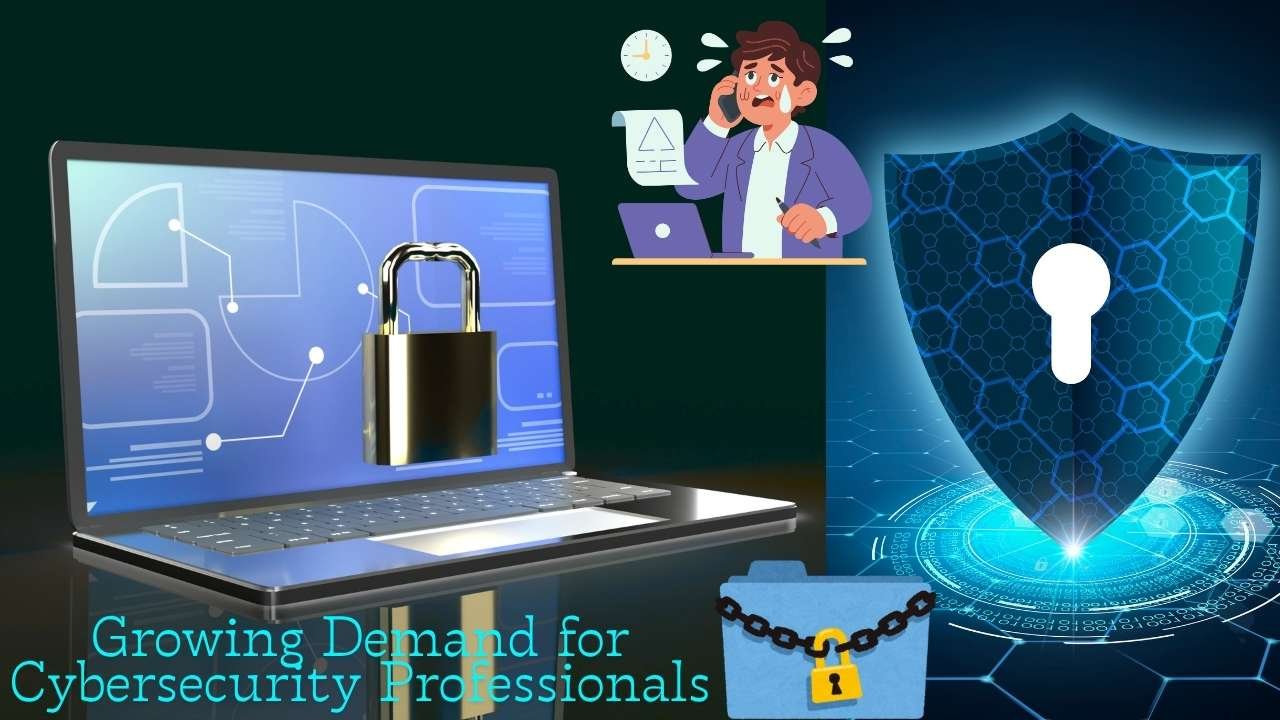From Supply-Chain to Smart Chain: How AI, Blockchain & IoT Are Revamping U.S. Logistics
From Supply-Chain to Smart Chain: How AI, Blockchain & IoT Are Revamping U.S. Logistics Explore how artificial intelligence (AI), blockchain, and the Internet of Things (IoT) are converging to reshape U.S. logistics — driving visibility, efficiency, resilience, and new business...




